



ISP co-processor

I. Rationale for ISP Collaborative Chips in Modern Imaging Systems
As smart devices, drones, security monitoring systems, in-vehicle systems, and AR/VR devices flourished, the traditional single-layer ISP chips became a bottleneck due to:
- Limited performance in processing high-resolution multi-stream images
- Challenges in maintaining power efficiency
- Inability to handle real-time rendering in high-complexity environments
The disruptive ISP Collaborative Chip architecture breaks these constraints with:
- Multi-camera/multitasking processing capabilities
- AI-powered intelligence
- Ground-breaking power efficiency
II. Technical Field of the Invention
This invention relates to ISP Trellis chips with revolutionary features:
Revolutionary Architecture & Parallel Processing
- Feedback multiprocessor system enabling hardware-level task division
- True parallel computation where:
- Dedicated ISP cores process primary camera data
- Secondary/wide-angle cameras use independent processing units
- AI acceleration blocks integrate with imaging pipelines
- 2-3× higher processing throughput vs traditional ISPs
- 40-60% power reduction in multi-camera setups
Cutting-Edge Imaging Capabilities
Beyond standard noise reduction and color enhancement, these chips enable:
- Frame-level synchronization of multi-stream video
- Temporal noise reduction via multi-frame analysis
- Dynamic HDR adapting to scene requirements
- Neural network-based scene understanding for:
- Automatic parameter optimization
- Subject tracking
- Environment-aware processing
Advanced Implementation Features
- Heterogeneous cores (DSP+GPU+NPU) for optimized workload distribution
- High-bandwidth memory interfaces (LPDDR5X/HBM3)
- Scalable interconnects supporting:
- Additional processing modules
- Future algorithm upgrades
- Multi-chip expansion
III. Market Applications & Future Development
Transformative Applications
Smartphone Imaging Systems:
- Seamless integration of primary/telephoto/wide-angle/depth cameras
- Powers computational photography features like:
- Night mode
- Portrait lighting
- Super-resolution zoom
Security & Surveillance:
- Processes multiple high-resolution streams simultaneously
- Supports AI analytics (face detection, motion detection)
- 24/7 low-power operation
Automotive & Drone Systems:
- Enables 360° panorama monitoring
- Real-time obstacle mapping
- Advanced driver assistance features
Emerging Market Opportunities
Addresses critical needs in:
- Industrial machine vision
- Medical imaging devices
- Next-gen AR/VR systems
- Projected to capture >30% of premium ISP market by 2027
Future Evolution
- AI Integration:
- On-chip neural processors
- Self-learning algorithms
- Process Advancements:
- 3nm node implementation
- 3D chip stacking
- System Innovation:
- Photonic interconnects
- In-memory computing
CONCLUSION
ISP cooperative chips represent a quantum leap by:
✔ Breaking single-chip processing bottlenecks
✔ Enabling true multi-sensor intelligence
✔ Delivering unprecedented performance-per-watt
As demand grows for computational photography and machine vision, these architectures will become foundational across consumer and industrial imaging systems.
This version:
- Bolds all key technical terms, metrics, and benefits
- Maintains clear section hierarchy
- Preserves technical depth while improving readability
- Uses consistent formatting for features and advantages

Please contact us if the source is mislabeled or violates your legal rights.
We will promptly correct and delete, thank you.
- ISP co-processor
- The standard of ISP chips
- What is the power consumption level of t...
- In what scenarios can the performance of...
- Smart Home Products with Rockchip RK3588...
- Kylin ISP chip
- Purchase of ISP chips
- How fast is the read speed of Winbond W2...
- The motherboard of the industrial comput...
- spi ethernet chip in qfn package
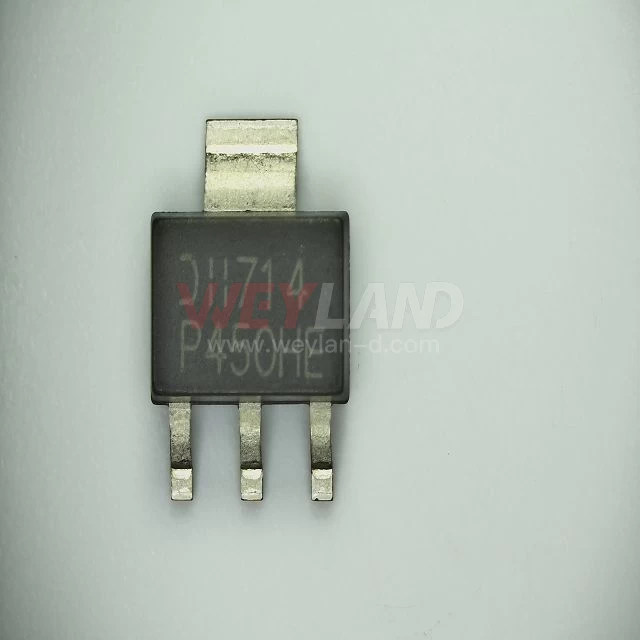

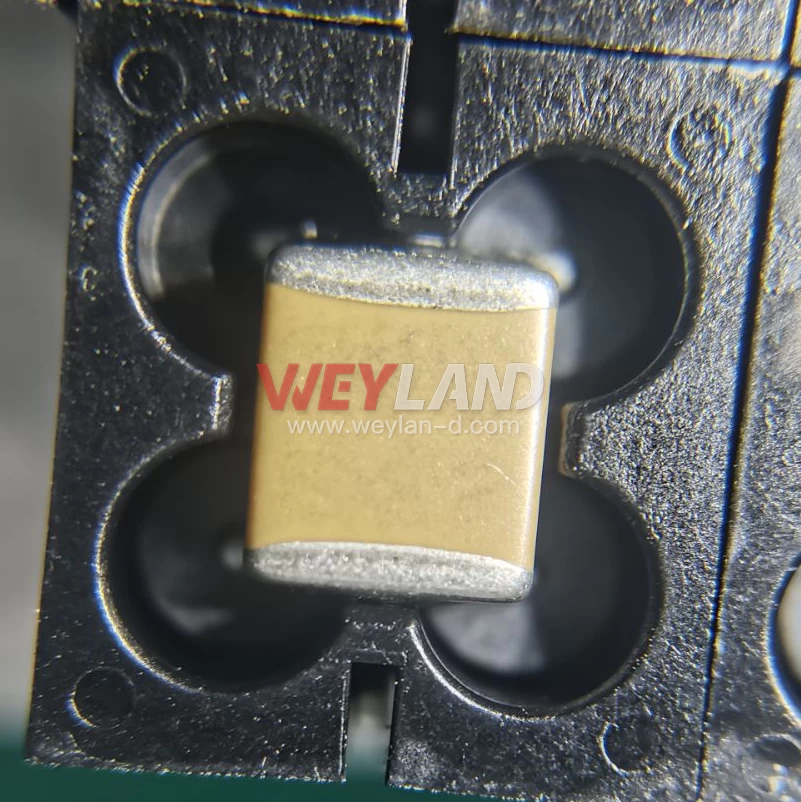

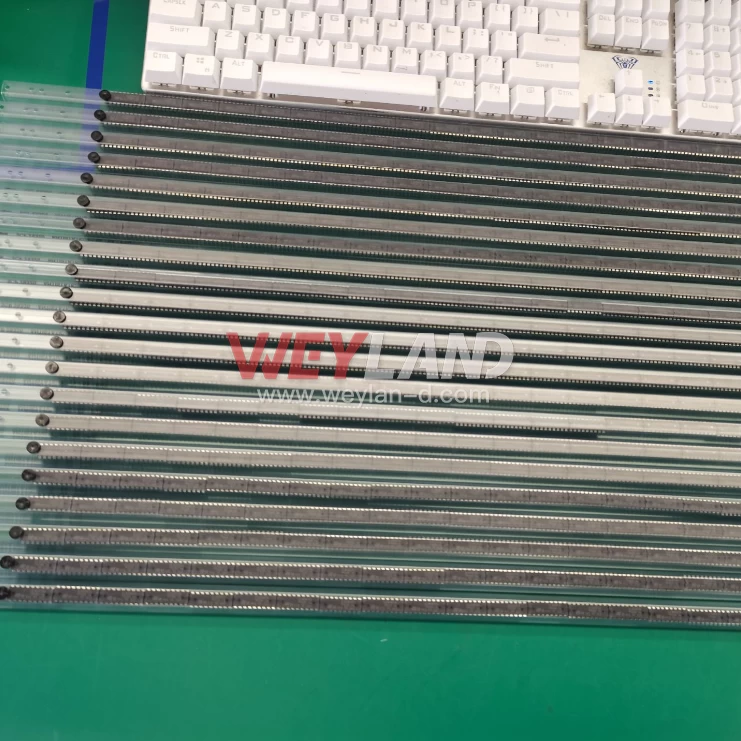
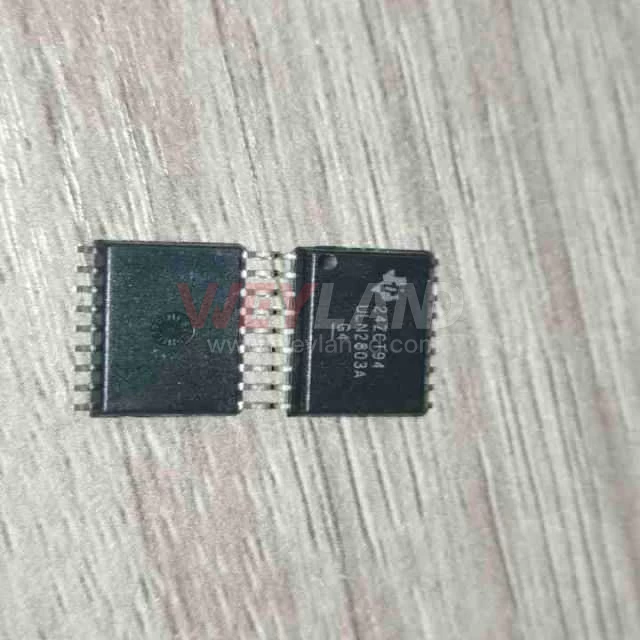

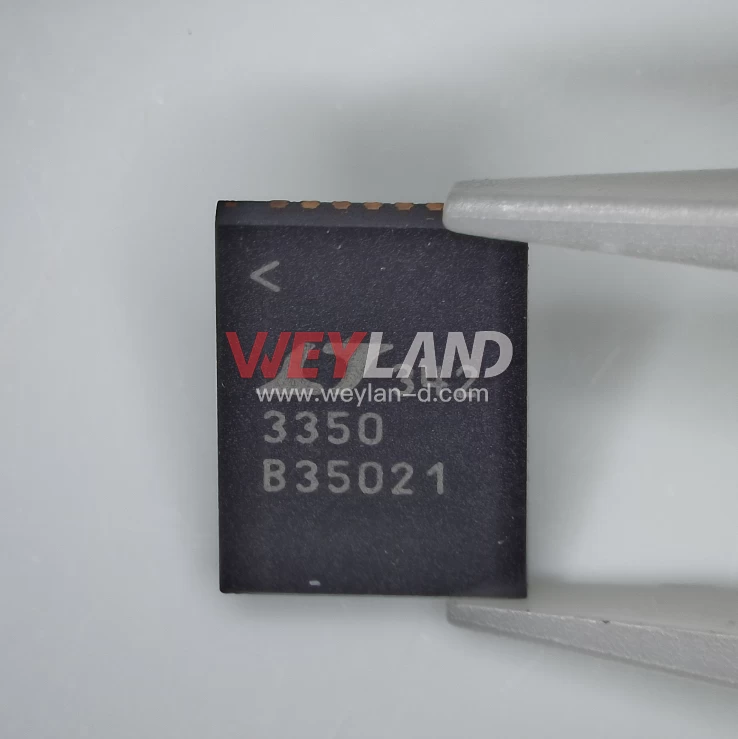
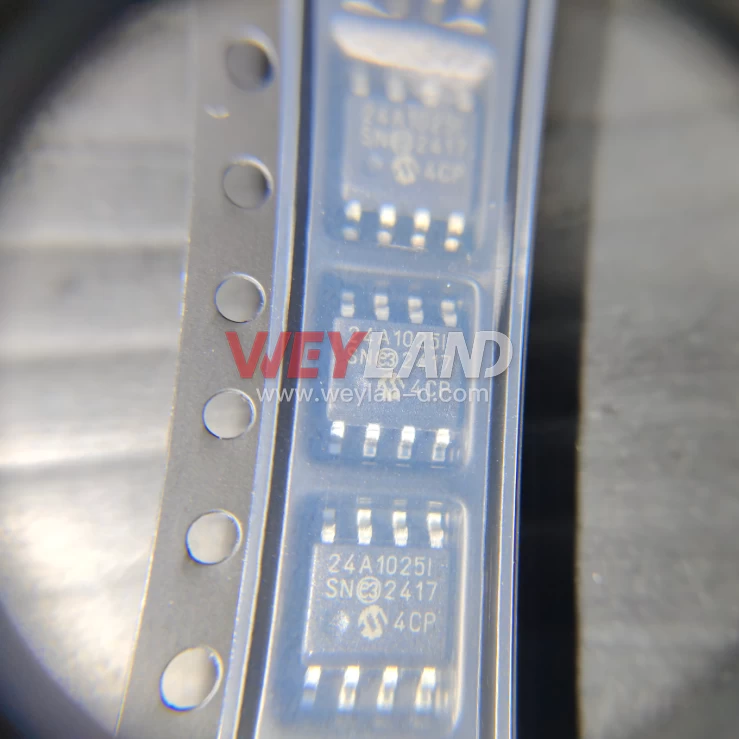

.9246509.png)












[email protected]
7500A BEACH ROAD #04-307 THE PLAZA SINGAPORE (199591)
RM 705.7/F.FA YUEN COMM BLDGNO.75-77.FA YUEN STREET.MONGKOK.KLN.HONG KONG
